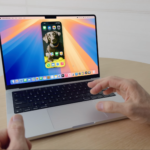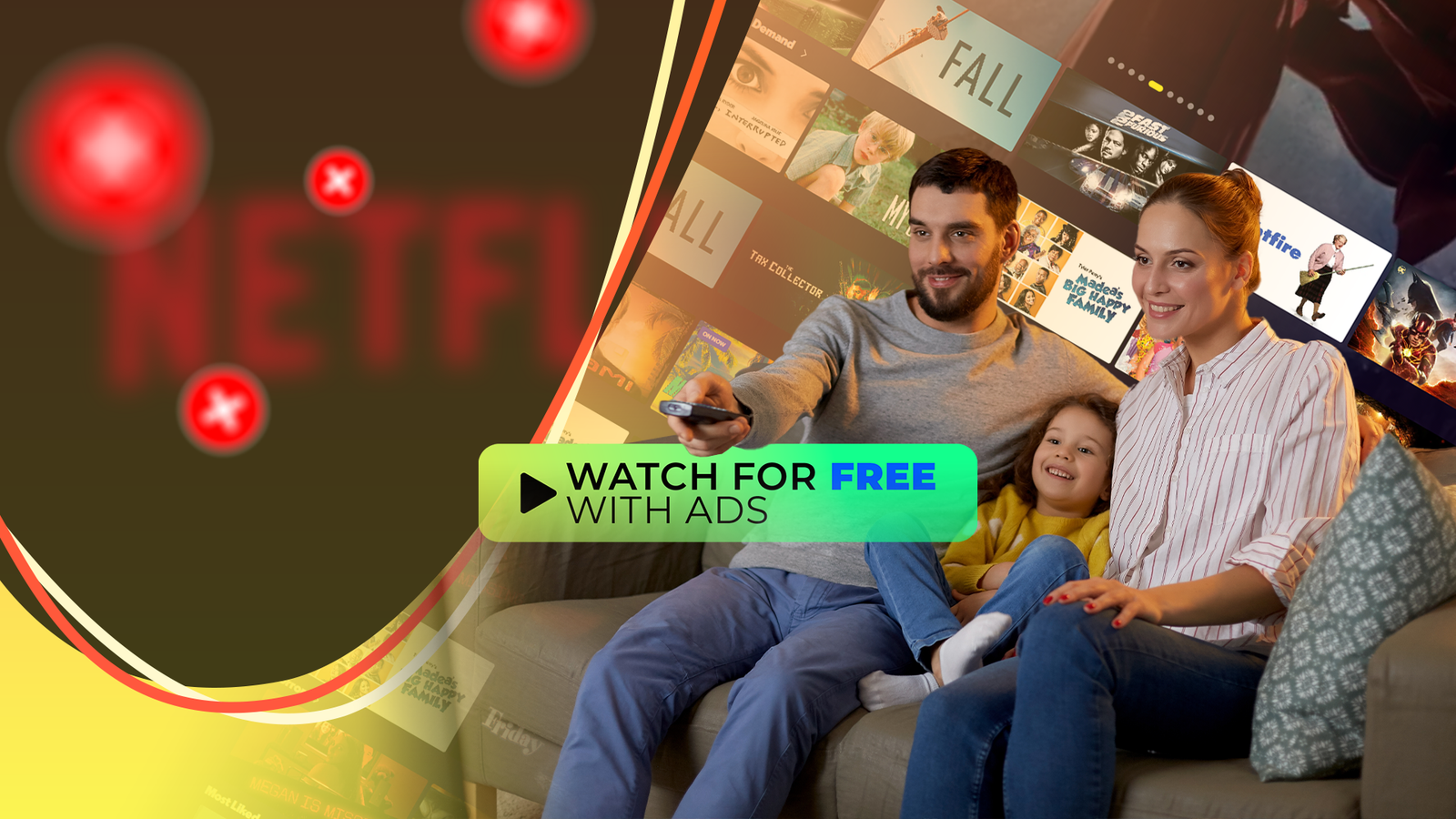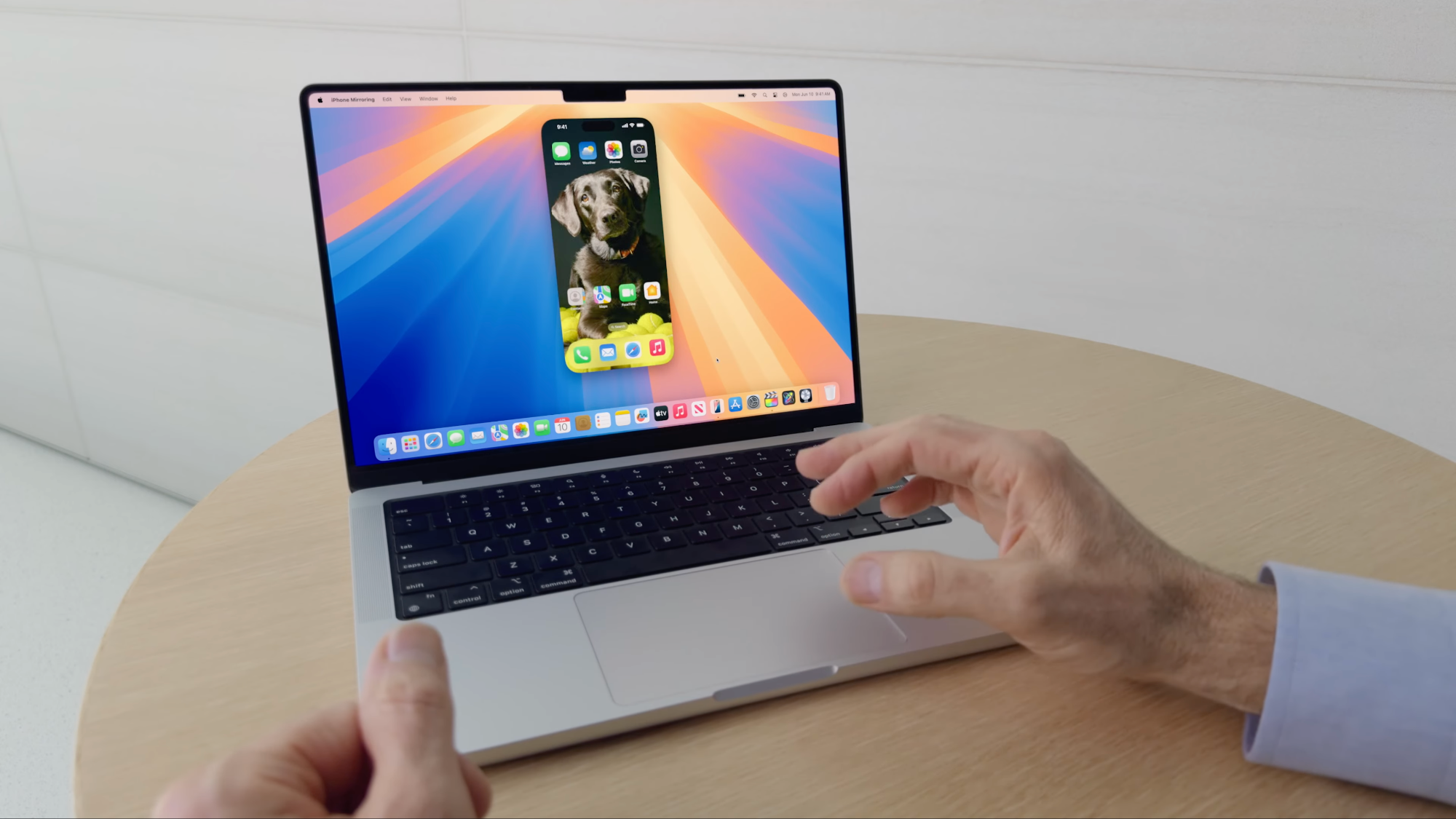For many of us, streaming was supposed to be the end of expensive cable packages. A way to pay only for what we really saw. But somewhere along the way, that promise began to crumble. Each show seemed to live on a different platform, subscription prices rose, and the once-simple pleasure of channel-flipping became a spreadsheet of monthly charges. According to Consumer Reports, more than half of American households now subscribe to four or more streaming services, and almost one in ten pays for nine or more. It’s a silent type of subscription fatigue that’s easy to ignore until you finally add up the totals.
Last year I finally did it. I realized I was still paying for cable in addition to several streaming subscriptions, and the numbers no longer made sense. So I made a clean cut and cut the cord completely. I started exploring a different type of streaming experience. What I found surprised me: The world of free, ad-supported TV isn’t just a backup plan for budget watchers. It’s become a really fun alternative that’s much closer to what television used to be like.
Subscription fatigue finally pushed me to cut the cord
I didn’t really think much about how much I was spending on cable and streaming services, until I finally sat down and added it all up. I was still paying for cable along with a handful of streaming subscriptions, including Amazon Prime, Netflix, Hulu, Apple TV, and Philo. Each seemed harmless on its own, but together they were costing me more than I had ever anticipated. I had convinced myself that streaming was a cheaper and more flexible alternative, but keeping both cable and all those subscriptions didn’t make sense. I was paying twice for the same convenience and finally understood that something had to give.
And I know I’m not the only one. Subscription fatigue has gripped almost everyone, especially as prices rise and the cost of living continues to rise. What once seemed like freedom now feels like just another set of bills to manage. People are starting to cancel, rotate services or look for free alternatives.
When I finally decided to ditch cable completely, I stuck with just the internet and started exploring free ad-supported platforms like Roku Channel, Tubi, and Pluto TV. It felt like a reset, a way to get back to watching what I enjoy without feeling like I was paying more than my car payment each month.
Free streaming brought back the best parts of cable
I grew up on basic cable, so I still have a weakness for changing channels and finding new shows on the fly. That’s probably why I’ve come to enjoy Pluto TV, Tubi, and Plex so much. I can scan live channels when I just want background noise, or instantly switch to on-demand when I feel like watching a specific show or movie. There’s no juggling remote controls, no waiting for a cable box to catch up, or second-guessing what I’m paying for. It is simple, fast and familiar. Advertising-supported channels must be doing something right because, according to a Horowitz Research study, among viewers who watch live television, 40% say they usually watch free streaming television with advertising (FAST).
What really sets me apart is the combination of content. I have found more retro shows than I expected. Movies I grew up watching, along with old comedies and music channels that make it easy to leave something on. There’s a sense of variety and discovery that the fractured world of streaming and cable never managed to generate. Instead of flipping through hundreds of paid channels I don’t want, I can enjoy the ones I do want. These ad-supported platforms have brought back that natural feeling of “something’s always on,” but with the flexibility and convenience that modern streaming promised in the first place.

- Subscription with ads
-
Yes, $8/month
- Simultaneous currents
-
two or four
What I don’t like about advertising-supported platforms
While I really enjoy the freedom that FAST platforms offer, they have their frustrations. A big problem for me is the repetition of ads. It’s not just that there are a lot of ads, but they are often the same ones that play on an endless loop. I’ve heard the same podcast commercial on Pluto TV so many times that I could probably host the show myself. I understand that ads keep these services free, but hearing the same ads hour after hour can be frustrating.
Privacy is another concern. On most free platforms, your attention and data are the real currency, not your money. I’ve written about Roku’s data collection before, and many FAST services use similar ad tracking models. They monitor what you watch, when you watch, and sometimes even how long you stay on a channel, all to generate targeted advertising. Privacy policies are often vague and written in a way that leaves too much room for interpretation.
Then there is the lack of local channels. For all the talk about replacing cable, FAST still doesn’t offer local news, weather or sports in most markets. To fill that gap, I have a simple digital antenna, which picks up more than twenty local channels in my area. Between that and free streaming platforms, I have found a good balance, although it is not perfect.
Free when I want it, paid when it’s worth it
Cutting the cord was not about giving up streaming, but about taking control of it. After years of juggling subscriptions and watching costs rise, switching to free, ad-supported TV seemed like a new beginning. Pluto TV, Tubi, and Plex have brought back the easy, pressure-free viewing I grew up with, and I don’t miss the constant switching between paid platforms.
I still subscribe to Apple TV from time to time when a favorite show comes back, but that’s by choice, not habit. I also have my personal media library available on Plex. My setup now seems balanced, free when I want it and paying when it’s worth it. FAST services aren’t perfect, but they reminded me that TV doesn’t have to be complicated or expensive to enjoy.
#learned #cutting #cord












